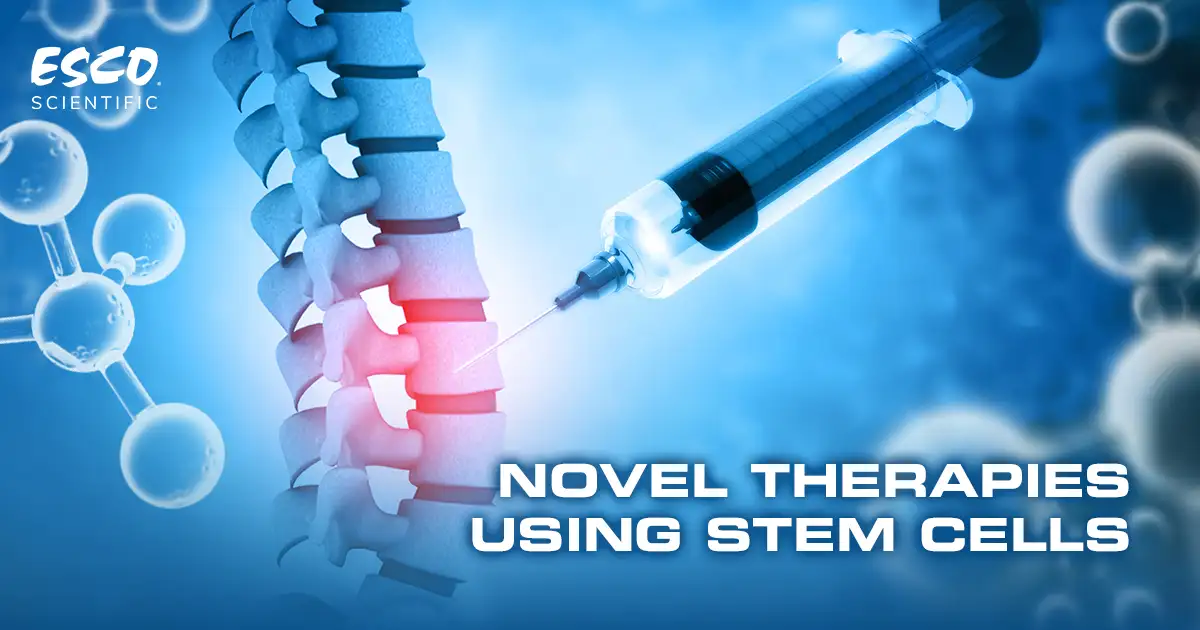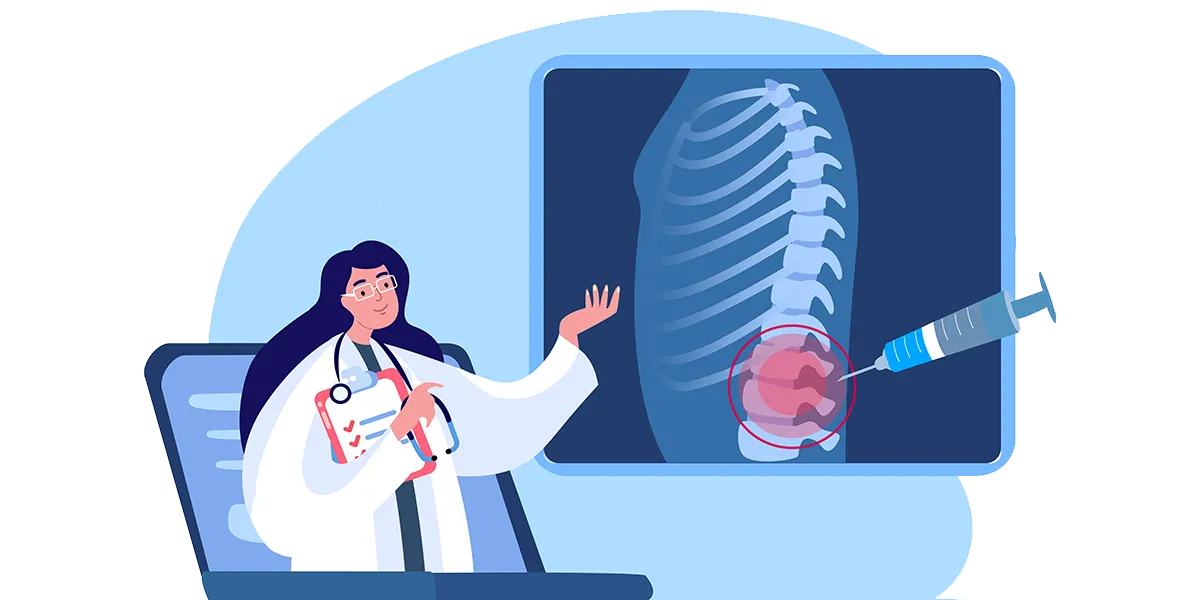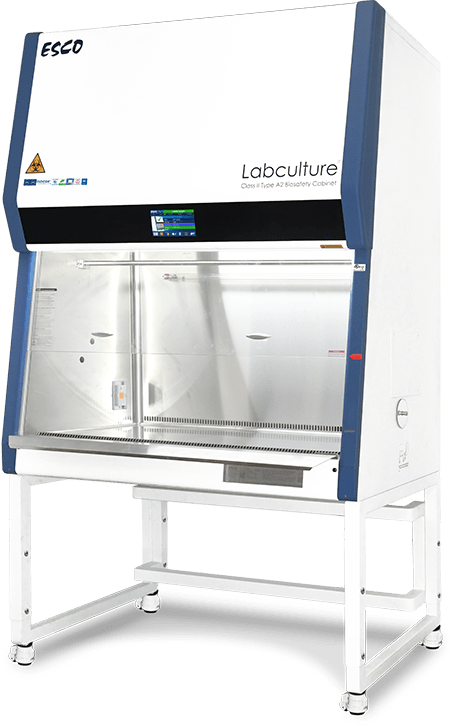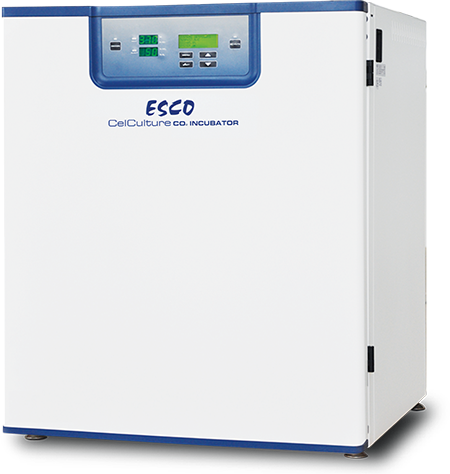
Stem cells: an overview
Stem cells, sometimes colloquially referred to as master cells, are cells with the abilities to self-renew and give rise to a range of other cells. These cells, unlike the others, are essential for tissue maintenance and injury repair. Due to this nature, there has been a growing number of research around stem cells for regenerative medicine.
There are two main forms of stem cells, namely embryonic stem cells and adult stem cells.
Embryonic stem cells come from the remaining unused embryos from in vitro fertilization procedure. They are pluripotent and highly versatile. However, their application has raised several ethical concerns considering their source. Embryonic stem cells also pose a higher risk of tumor formation, and immune rejection due to the foreign nature of their genetic formation.
On the other hand, adult stem cells are isolated from fully-developed tissues. The most common example is mesenchymal stem cells, isolated from bone marrow, adipose or connective tissues, and umbilical cord blood. While they are easier to find in certain adult tissues, they have limitations on how they can be used for medical treatments since they are not pluripotent and can only differentiate into a minimal range of cell types such as bone, cartilage, muscle and fat cells. They are also prone to irregularities that come from environmental hazards, hence the requirement for ideal conditions to support their culture and research. The ever-increasing body of research surrounding therapeutic applications of mesenchymal stem cells offers a glimpse of the promising future of medicine.

Novel therapies using mesenchymal stem cells
Various kinds of stem cell-based therapies are undergoing study as the next chapter of regenerative medicine, replacing more conventional methods like organ transplantation, which has limited supply, and promoting better body-repair machinery. Especially in pathology research, in-depth study about stem cells and their applications will allow better understanding of how diseases and conditions occur by watching their maturing.
Mesenchymal stem cells (MSCs) offer promising therapeutic potential for a diverse range of diseases, including cardiovascular and liver disorders, arthritis, and cancer.
In cardiovascular disease treatment, while the current MSC therapies are considered safe, their efficacy is still questionable. Clinical trials, even those at phase III level, have not demonstrated significant improvements in overall clinical outcomes and meta-analysis also showed that they have not enhanced myocardial contractility or cardiovascular remodeling. These results may be caused by the immunomodulatory effects of the stem cells as opposed to the desired regenerative effects. Issues such as optimal cell sourcing, dosage, delivery methods, timing, and mechanisms of actions should be addressed in the future, along with well-designed and randomized clinical trials.
Stem cell-based therapies for liver diseases are also currently being explored as alternatives for organ transplantation. While short-term outcomes in liver regeneration and function are seen to be promising in liver failure treatments, the prolonged effects still require more observation. As for autoimmune liver diseases (ALD), there have been some reports of successful bone marrow transplantation to induce remission.
Meanwhile, arthritis patients, specifically those with osteoarthritis which involves the degeneration of articular cartilage, often suffer from the painful and lengthy aftermath of traditional treatments. MSC therapies have demonstrated a potential to alleviate pain, reduce cartilage degeneration, and facilitate cartilage repair.
Finally, the complex field of oncology also may reap the benefits of stem cell-based therapies. For MSCs specifically, the impact of both their protumor and antitumor properties are still rigorously examined, as several preclinical studies suggest how they might promote tumor growth, whereas others indicate their potential in fighting tumors while still sparing healthy tissues.
Simultaneously with these optimistic medical findings, more careful and studious trials need to be undertaken to establish ideal conditions of MSC-based treatments.

LA2-4S9 G4
The Labculture® G4 Class II Type A2 Biological Safety Cabinet (BSC) ensures safety and contamination control for the vulnerable and volatile nature of stem cell research, and provides an ergonomic work zone for extended work periods as well as bright illumination for precise handling. It is versatile with three different sash height openings (8”, 10”, and 12”) and supports advanced control and monitoring that is just right for the field.
Features:
Centurion Touchscreen Controller
- Intuitive, comprehensive, and easy-to-understand
- Virtually comprehensible safety information and cabinet alarms via 3D BSC diagram
- Defined details of alarm types with clear instructions for proper intervention
- Centered and angled down for easy reach & viewing
- Selectable Quickstart mode for fast operation
Dimmable LED
- Adjustable work zone brightness
- Ideal light intensity of 1200 lux
- Saves energy and optimizes work comfort
Ergonomic Sash
- Available in 8”, 10”, and 12” sash openings
- Frameless, shatterproof, and UV-absorbing tempered glass
Tray support beams and holder
- Support beams for less vibration and holder for easy drain pan cleaning
USB Port and Remote Modbus
- USB port to access cabinet data log and BMS connectivity
- Newly integrated Remote Modbus feature for users to securely access the cabinet remotely from external devices
Cabinet Construction
- Stainless steel side walls with side capture zones and negative pressure to optimize containment
- Single-piece work tray, spill retaining and easy to clean
Green Product
- Equipped with energy-efficient DC ECM that allows up to 70% energy savings vs AC motor
- Extremely low energy consumption with 205 watts (4 ft unit)
- Standby mode allows reduced power consumption by 80%
ULPA Filter
- 10x filtration efficiency compared to the HEPA filter
- Creates ISO Class 3 work zone instead of industry-standard, ISO Class 5
- Same 10 years filter life and replacement cost as HEPA filters
*99.999% at 0.1 to 0.3 micron, ULPA as per IEST-RP-CC001.3 USA
*99.999% at MPPS, H14 as per EN 1822 EU
Isocide™ Antimicrobial Powder Coating
- Eliminates 99.9% of surface bacteria within 24 hours of exposure

CCL-B
The CelCulture® CO₂ Incubator supports the optimal growth and differentiation environment for stem cell cultures and protects them against contamination for increased experiment success. The reliable design and performance minimizes risk of error and eases operation.
Features:
Robust Contamination Control
- SteriSafe™ ULPA filtration ensures air chamber cleanliness
- SwiftCon™ 90˚C validated moist heat decontamination cycle (15 hours)
- In-line filters remove gas impurities and contaminants
Direct Heat and Air Jacket
- Fast and uniform heating
- Rapid temperature recovery
- Air jacket improves chamber stability
Shelving
- Perforated shelving to improve uniformity
- Anti-tip
- Stainless steel
- Built-in grip
Rounded Corners
- Seamless design
- Facilitates easier cleaning
CO2 Sensor
- IR Sensor
- Single-beam, dual-wavelength IR sensor is drift-free
- CARBOCAP® technology makes it stable for a long time and resistant to high heat
Isocide™ Antimicrobial Powder Coating
- Eliminates 99.9% of surface bacteria within 24 hours of exposure
CelCulture® CO2 Incubators | Esco Scientific. https://www.escolifesciences.com/products/co2-incubator/celculture-co2-incubator
Hoang, et al. (2022). Stem cell-based therapy for human diseases. Signal Transduction and Targeted Therapy, 7(1), 1-41. https://doi.org/10.1038/s41392-022-01134-4
Labculture® G4 Class II Type A2 BSC | Esco Lifesciences. https://www.escolifesciences.com/products/class-ii-biological-safety-cabinet/labculture-g4-class-ii-type-a2-biological-safety-cabinet
Mayo Clinic (2022). Stem cells: What they are and what they do. Mayo Foundation for Medical Education and Research. https://www.mayoclinic.org/tests-procedures/bone-marrow-transplant/in-depth/stem-cells/art-20048117
Stanford Children's Health. (2019). What are stem cells? Stanfordchildrens.org; Stanford Medicine. https://www.stanfordchildrens.org/en/topic/default?id=what-are-stem-cells-160-38